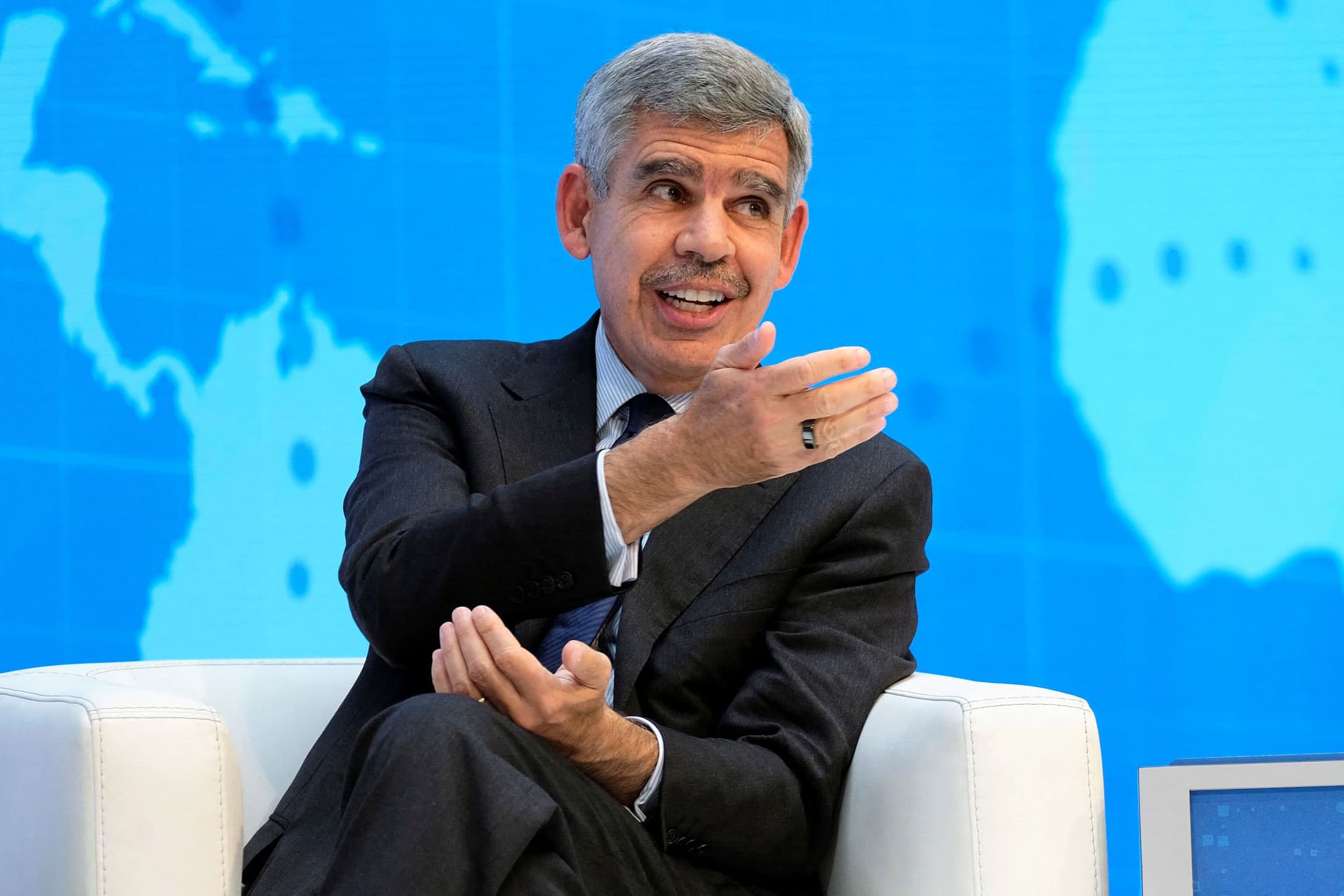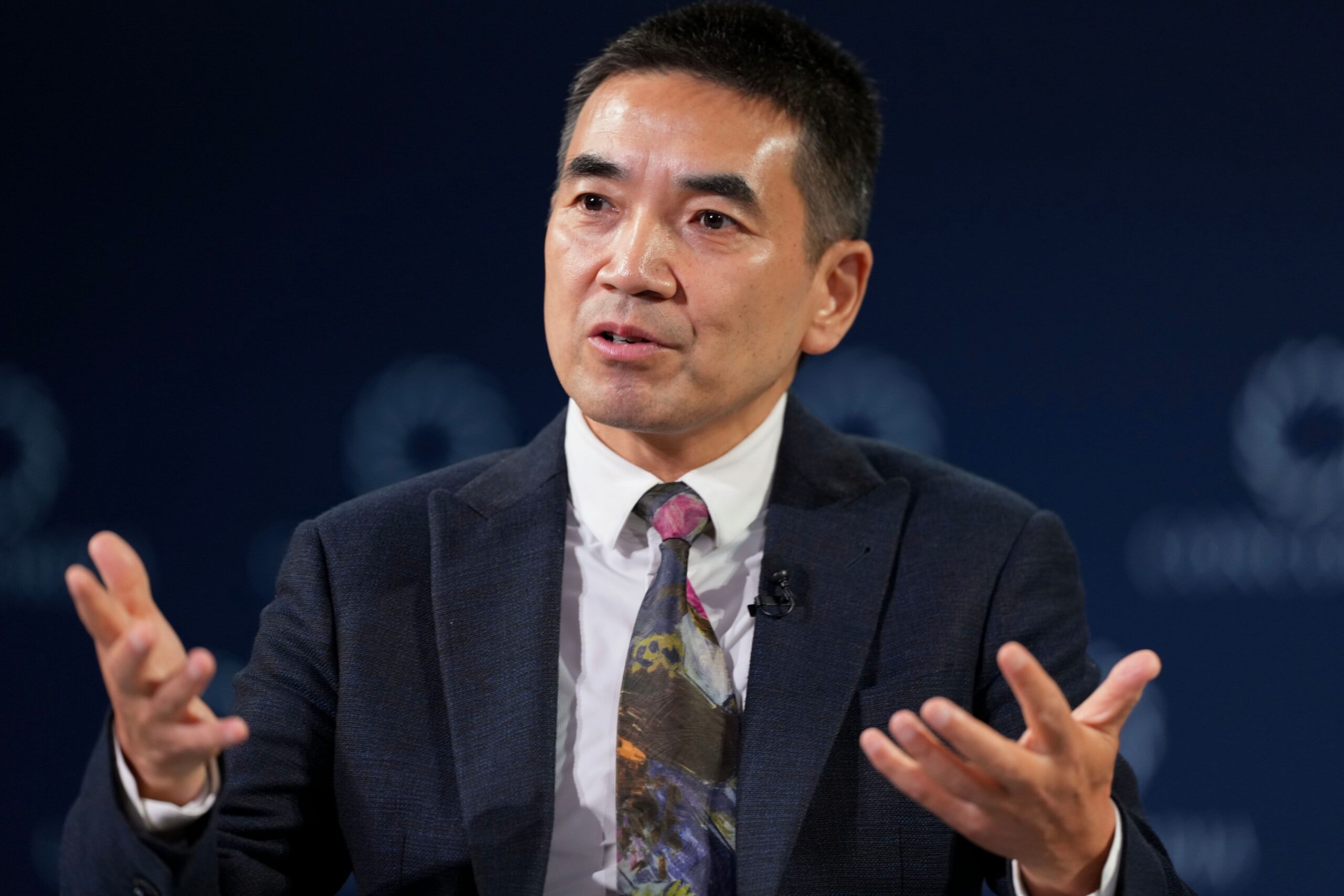TOKYO: The yen’s rapid fall past 150 against the dollar adds a further complication for the Bank of Japan (BoJ) as it considers the best timing for its first interest rate hike since 2007.
Most BoJ watchers expect governor Kazuo Ueda to raise the policy rate either in March or April. Raising the rate earlier might provide some quicker support for the yen, but economists point out that the central bank will be reluctant to give the impression it is simply responding to market moves.
“There’s no doubt the yen has become a more important factor for the end of the negative rate,” said Yuichi Kodama, chief economist at Meiji Yasuda Research Institute.
“I don’t rule out the chance of liftoff in March, but my base case is still April as long as the yen stays around this level.”
The dollar strengthened sharply against the yen overnight following hotter-than-forecast US inflation figures that pared back expectations of an early rate cut by the Federal Reserve (Fed).
The move prompted Japan’s top currency official to issue his strongest warning in months about speculative market moves.
Masato Kanda, vice finance minister for international affairs, hinted early yesterday at the possibility of currency intervention after the yen fell as low as 150.89 per dollar in the early morning in Tokyo.
He also reiterated that his ministry and the BoJ are in close contact and that the government respects any policy decision the BoJ makes.
Japan directly intervened in foreign exchange markets three times in 2022 when the yen hit its lowest levels in decades, at one point approaching 152 against the dollar.
The yen has fallen about 6.4% this year against the dollar, the most among major currencies.
Takeshi Minami, chief economist at Norinchukin Research Institute, expects the currency trend to change direction at some point later this year as the Fed moves toward a rate cut and the BoJ hikes.
“I don’t expect the yen to fall so much from here, so it’s unlikely the BoJ will rush to ditch the negative rate just because of the yen,” Minami said.
The BoJ has already pared back its suppression of bond yields with three tweaks to its yield curve control programme since December 2022, moves that were seen by BoJ watchers as efforts to reduce pressure on the yen. — Bloomberg


